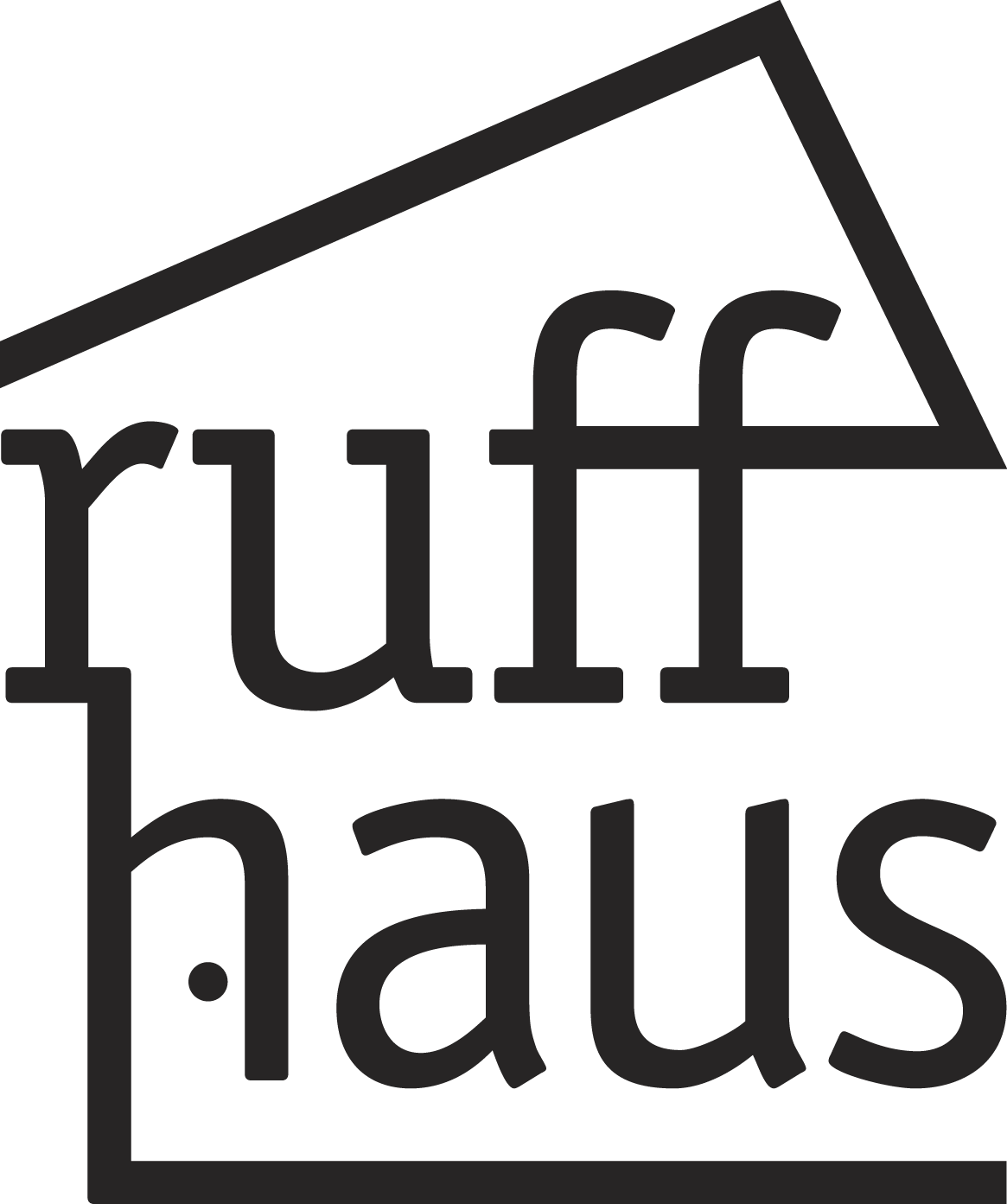Facebook Advertising Tips and Lingo
As a small business out there in the big virtual world seeking a place to advertise on Facebook, there are a few things to know before signing up and dishing out your hard-earned money. First, you'll want to make sure Facebook Ads is right for your specific campaign since there are multiple alternatives to choose from. We find Facebook Ads, which is the focus of today's blog post, work well for B2C types of scenarios.
Below are the necessary steps and useful terms associated with Facebook Ads. You'll want to get familiar with what these terms mean and how to use them to your business' marketing advantage. With the help of these terms, your business can measure its Facebook Ad campaign's effectiveness and decide how successful each advertisement is.
But first, let's get this out of the way. Here are the 3 main steps involved in creating an ad on Facebook.
1) Create your advertisement.
2) Send the advertisement to Facebook and describe the intended target market and locale, if applicable (baseball fans, stamp collectors, music students in the Madison, Wis. area and so on).
3) Using the information provided by you, Facebook displays your advertisement in the right places and targets it at the appropriate users (for example, specific users chosen by location or by gender). Keep in mind that the setting and presentation of your specific ad are subject to change at any time.
Now, let's get back to it, shall we? Here are the terms you should become familiar with when considering Facebook Ads: impressions, click-through rates (CTR), cost-per-click, CPM, destination, social reach, and frequency.
Impressions are the number of times the ad has been displayed on Facebook. It's a figure provided by Facebook to show the number of times the ad has potentially been seen by users. Impressions should not be confused with the amount of separate Facebook users exposed to the ad “this number is much lower than the number of impressions“ since the same user may see the ad multiple times.
CTR, or click-through rate, is the average number of times a user sees the advertisement before actually clicking on it. In other words, the click-through rate is the number of clicks divided by the number of impressions.
Cost-per-click is the price your business is willing to pay for each click the ad receives. Cost-per-click starts at one cent per click, but the more your business is willing to pay per click, the more likely your ad will be displayed. Factors such as click-through rate and ad "likeability" affect the cost-per-click price, and thankfully Facebook sometimes lowers your cost-per-click accordingly. Also, you can set a specific maximum cost-per-click number that limits the amount you're willing to pay.
CPM stands for cost per mille (or thousand) impressions. Instead of paying per click, as mentioned above, you can simply purchase 1,000 display credits. Your business' ad will be displayed a certain number of times for a flat fee, no matter if it is clicked on or not.
A destination is simply the landing web page that a user is taken to after clicking on the ad. A destination page can be an outside URL, such as your website's home page, or it can be a Facebook page, event or group. The landing page's destination URL for your specific Facebook ad is determined during the aforementioned ad creation phase.
Social reach and frequency refers to the number of individuals who have seen your ad over a specific period of time (social reach), and also the number of times the ad has been seen by those individuals (frequency). If your ad frequency is too high, then your ad's potential will likely suffer because individuals are probably tired of seeing it displayed over and over again, even if it's a good ad. This information is useful in terms of ad relevancy and effectiveness, and it can help your business decide when and if a new advertisement is necessary.
P.S. To be clear, there are differences between Facebook Ads, Facebook Offers and Facebook Sponsored Stories. But that's another blog in and of itself.
"Have a Pawsitively Tail Waggin' Good Day!"
P.P.S.
This information was provided by Ruff Haus Design - Your Loyal Marketing Companion.
Established in 1997, we are a special breed of full-service graphic design company that works with a premier pack of clients. We bring a fresh outlook and tail-wagging enthusiasm to your marketing program.Â
Learn more about how we can help improve your brand management and support your marketing needs at

